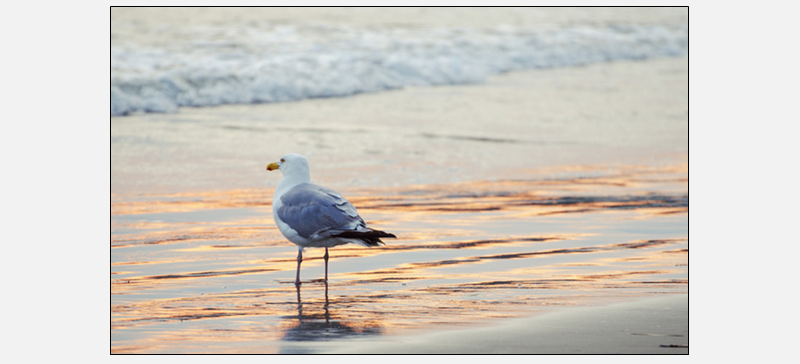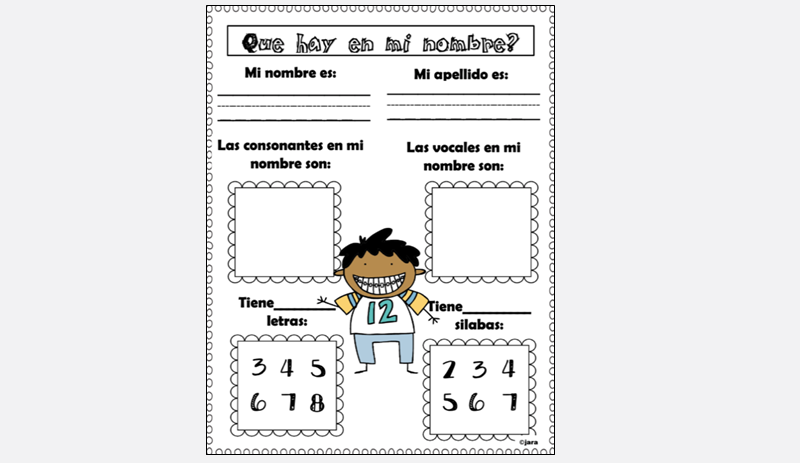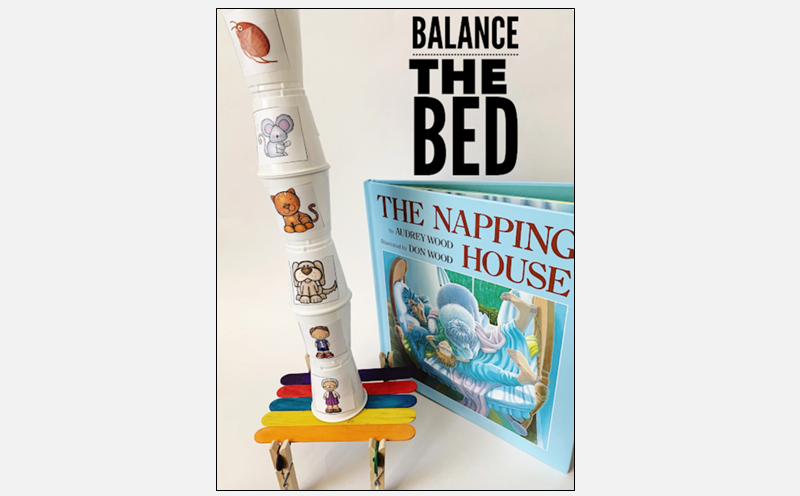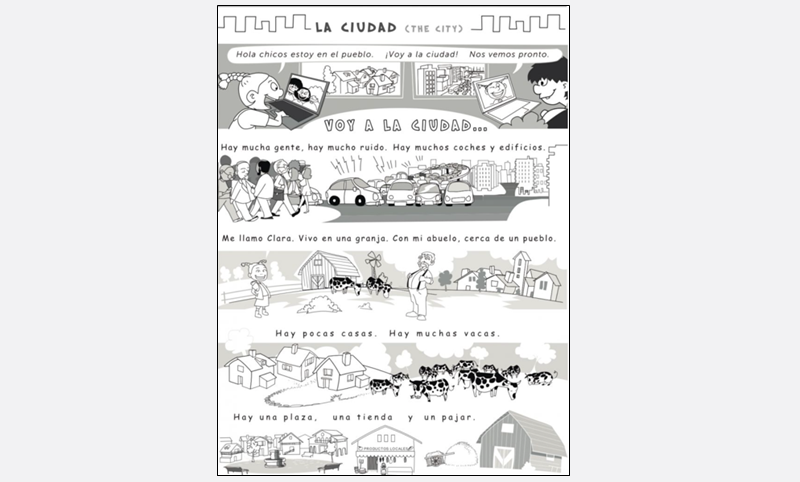Haber (There is, There are, There was)
“Haber” is an impersonal verb in Spanish that is commonly used to express existence o presence of something or someone. It is important to note that “hay” does not change form in the plural, and it remains the same regardless of whether it refers to a singular or plural subject.
|
Word |
Tense |
|
Haber |
Infinitive |
|
Hay (There is, There are) |
3rd present |
|
Había (There was) Hubo (There was) |
3rd past imperfect 3rd past indefinite |
WAYS WE CAN USE THE WORD
SHARE INFORMATION: e.g., “Hay un gato en mi jardín!” (There is a cat in my garden).
ASK QUESTIONS: e.g., ¿Había trafico en la carretera? (Was there traffic on the freeway?)
COMMENT: e.g., “Hay muchos libros en la biblioteca” (There are many books in the library).
DESCRIBE: e.g., “Había seis colores en ese arcoiris” (There was six colors in that rainbow).
TELL STORIES: e.g., Había una vez una reina my poderosa (Once upon a time, there was a very powerful queen).
MAKING WISHES: e.g., Tendría que haber más tiempo para disfrutar del verano (There should be more time to enjoy the summertime).
For specific questions or more ideas regarding this core word Activity Sheet, please contact Isabel Medina @ imedina@sfsu.edu. Thank you!
Snack/mealtimes: Adults can model the core word when describing what there is to eat for lunch that day e.g., “Hay pollo o hamburguesas” (There is chicken or hamburgers). Students can use the core word when asking what there is to eat that day or what is available e.g., “¿Que fruta hay hoy?” (What fruit is there today?)
Circle: Students can discuss what they did over the weekend during first circle time of the week e.g., “Tuvimos una fiesta en mi casa y había muchas personas” (We had a party at my house and there were lots of people), “Fui a la playa y había muchos pajaros” (I went to the beach and there were lots of birds).

Hot Potato Spanish Game with ‘Hay’: Students can play a game of ‘Hot Potato’ following the powerpoint prompts provided. Based on the prompt provided student can complete each sentence e.g “Hay un dinosaurio en el carro!” (There is a dinosaur in the car) and pass a stuffed toy around. When the timer ends, the person answering the prompt holding the toy is the hot potato and is out. The game continues until there is only one person left.
Recess: Students can use the core word to describe what is available to play with at recess that day e.g., “Hay pelotas de futbol” (There are soccer balls).
¿Cuántos animales ves? Activity: Students can play a game where they take turns choosing a card and looking at the image to search for the item mentioned or the amount of an item mentioned. Students can use the core word to describe when they find the item e.g., “Hay cinco pajaros diferentes” (There are five different birds).

Here are some suggested books on YouTube that can assist in teaching the core word:
- ¡Hay un Molillo en mi Bolsillo! By Dr Seuss
- o This book is the Spanish version of the book “There’s a Wocket in my Pocket. It is a rhyming book that includes the story of a boy talking about all the strange creatures that live inside his house. It includes the core word many times throughout the book.
- La Casa Adormecida by Audrey Wood
- This is a book in Spanish about a ‘napping house’ where everyone is napping, one on top of the other. It targets the core word throughout the entire book when describing the different people and animals in the house.
- ¿Que hay en un arbol? By Jennifer Brunk
- This book is an eBook in Spanish. It includes what is inside trees, the different animals, and fruits, etc. It includes the core word on each page and includes lots of repetition.
- Había Una Vez Una Semilla by Judith Anderson y Mike Gordon
- This book in Spanish follows a little girl and her grandfather as they plant seeds and watch them grow. It is the Spanish version of “There once was a seed” and includes the life cycle of plants and how they grow from seed to trees.
Social Interactions: Students can be given a current event topic and can discuss it together and describe what was happening in each scenario e.g “Hubo una tormenta, pero no había mucha lluvia” (There was a storm but, there was not a lot of rain)
Students can share a picture from something they did over the weekend and describe it to the class or a peer e.g. “En esta foto hay…” (In this picture there is…)
Video Modeling:
Mystery Sensory Boxes: Adults can create different mystery sensory boxes for students to reach into and feel what is inside. This can include objects of different textures, sizes, etc. After reaching into each box, students can describe what they felt e.g. “Había algo suave” (There was something smooth), “No había nada!” (There was nothing!).

¿Cuántos hay? Activity: Adults can project this Spanish activity as a classroom or group activity. After looking at each photo, students can use their communication systems to describe how many of each item/animal/etc there are in the picture e.g. “Hay seis perros.” (There are six dogs), “Hay diez dulces” (There are ten candies).
¿Qué hay en mi nombre? Activity: Adults can create an activity surrounding each student’s name using this worksheet in Spanish. Students can fill out each section and talk about what their names includes e.g.”Hay cinco letras en mi nombre” (There are five letters in my name”, “En my nombre hay tres vocales” (In my name there are three vowels).

La Casa Adormecida by Audrey Wood Balancing Activity: Adults can create an activity surrounding the book “The Napping House.” Pictures can be printed out and placed on plastic cups. Students can stack the houses as they describe the animal/person e.g. “Y sobre ese niño, hay un perro” (And on that child, there is a dog).

La Ciudad Art Activity: Students can listen to “La Ciudad” song and pair it with this craft activity and worksheet that targets the core word when describing everything that is seen in a big city.
Debajo de un botón Art Activity: This art activity in Spanish is a coloring activity for the popular song “Debajo de un botón”. Students can color this story book that includes the core word throughout.

FlipHTML5 – Online Book Creator: This is an online book creator that can be changed in the language section to include Spanish. Adults can create a book around the topic of a farm and what is there on a farm: ¿Que hay en la granja?.
My Storybook – Online Book Creator: This is an online book creator in English, you are able to add any text you want to include Spanish and create a story using the core word. Adults can create a book on the topic of a great day and what there was that made it a great day. ¿Que hay en un gran dia?
Book Creator: This website is an online book creator where the user is able to create a story. It is available in Spanish. Adults can create a book on the topic of shopping and what there was at the store. ¿Que hay en la tienda?.
Peg and Pog: This is a Spanish language learning app that includes many different scenarios, scenes, and games for children. It targets the ‘super seven’ verbs which includes ‘haber’. This app is $3.99.
WORD WALL: Create a WordWall and add ‘haber’, ‘hay’, ‘había’, ‘hubo’ to the list.
READING and the Word Wall: Sound out the letters together. Have the students find the word on the AAC system.
WRITING and the Word Wall: Using a pencil or alternative pencil, have students try to type the word on the keyboard or write the word together.